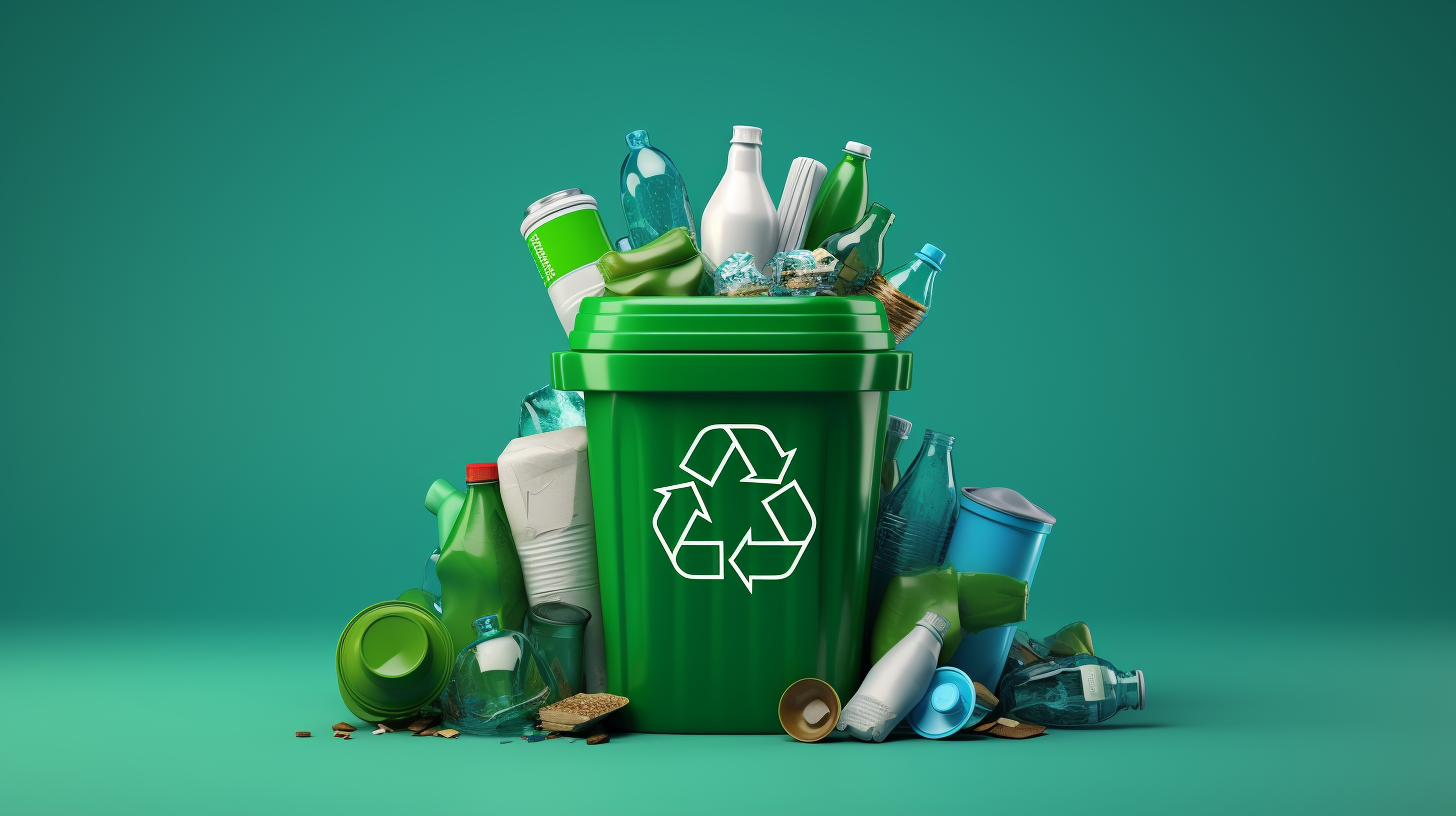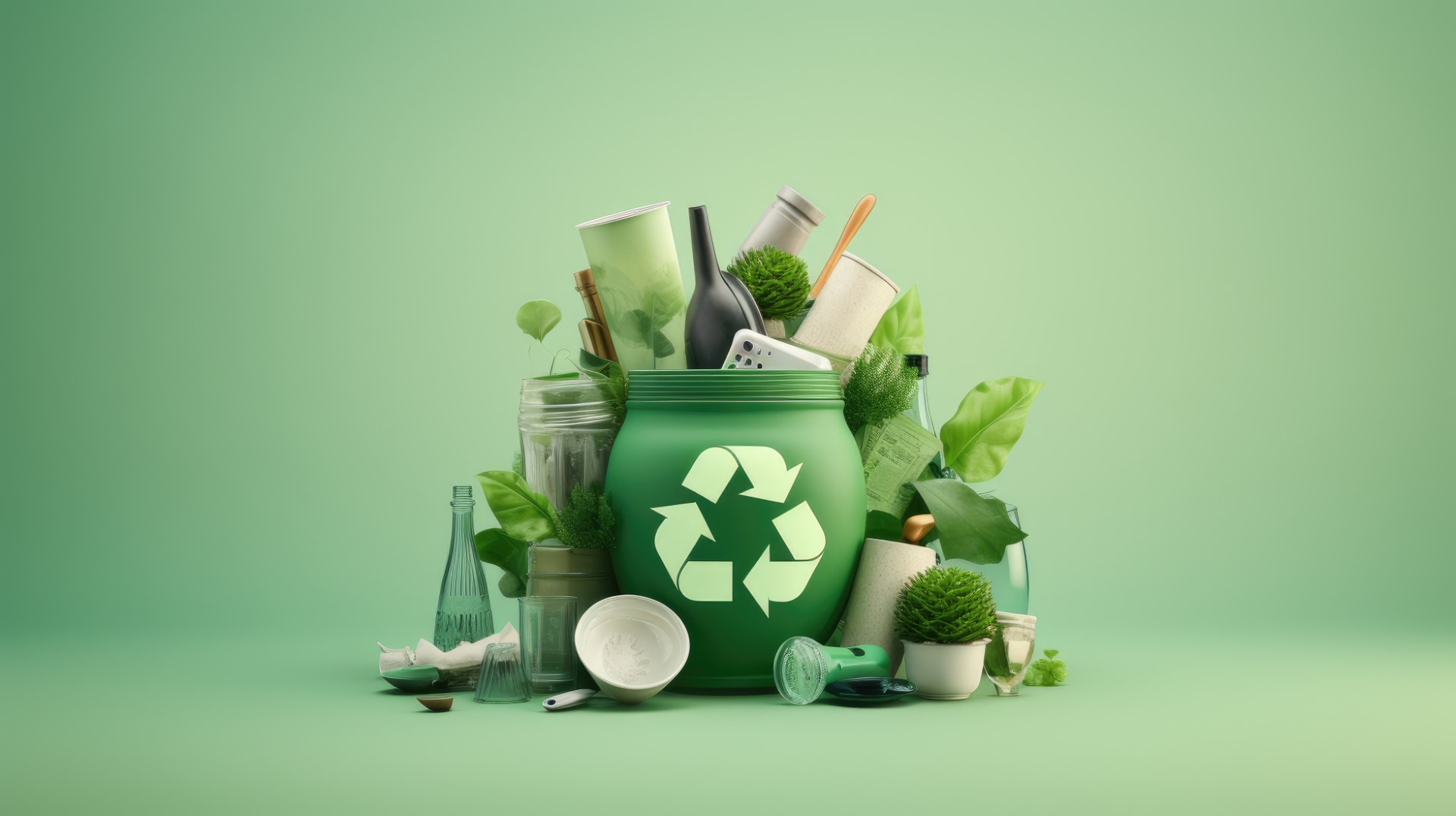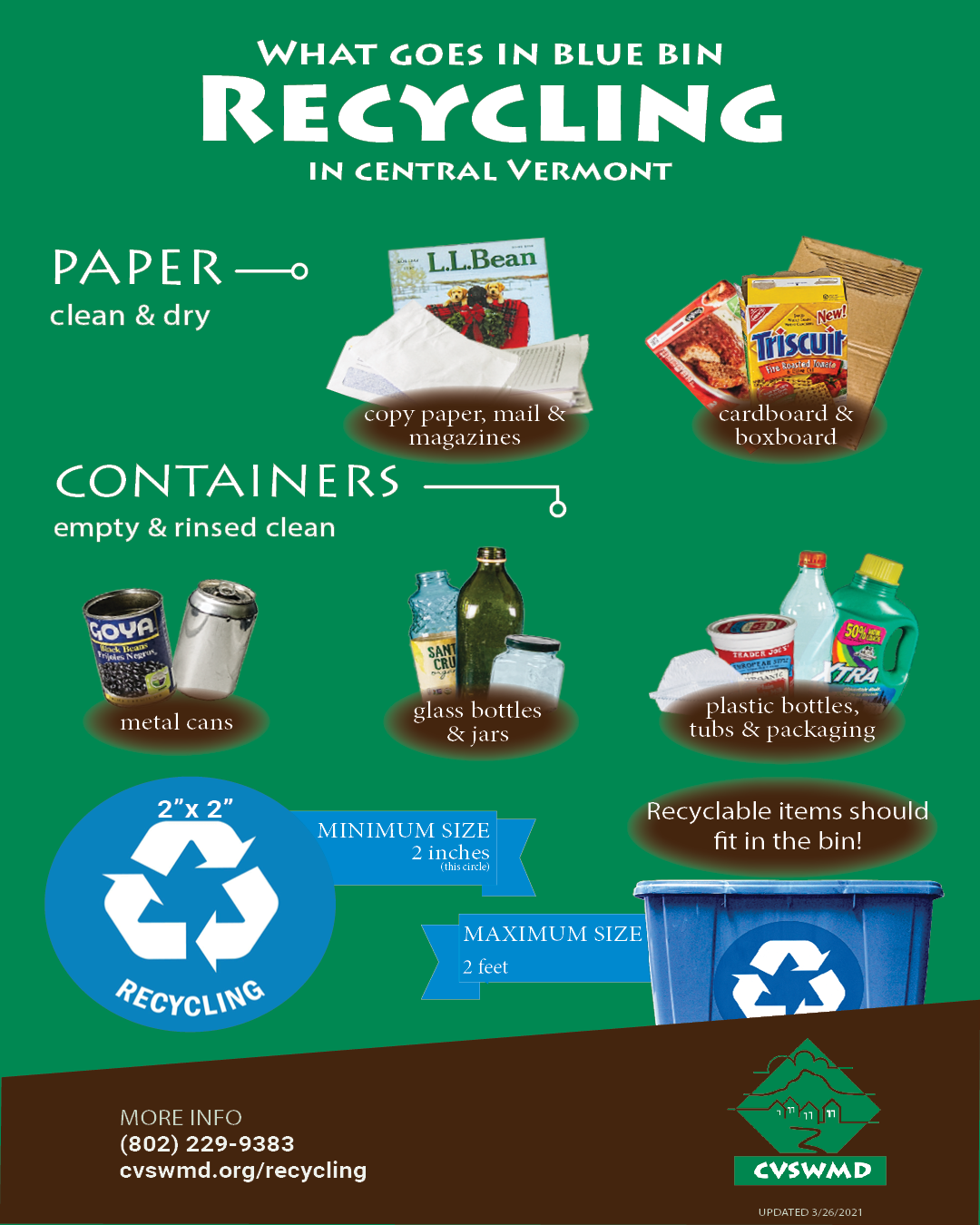Obtain Included with Recycling Lives Services for a Greener Future
Wiki Article
Exploring Various Kinds Of Waste in Modern Waste Administration Equipment
The contemporary landscape of waste management includes navigating a complex array of waste kinds, each requiring specialized handling and disposal techniques to mitigate environmental effects. Community strong waste, harmful waste, electronic waste, and natural waste each existing unique challenges and chances for resource recovery. Innovative services such as wise waste containers and waste-to-energy modern technologies are emerging as critical devices in improving efficiency and sustainability. Recognizing these waste types is essential for promoting public understanding and motivating energetic engagement in sustainable techniques. What methods can successfully attend to these different sorts of waste while promoting a round economic climate?Metropolitan Strong Waste
Local solid waste, often described as family trash or waste, includes a variety of thrown out materials created by domestic, industrial, and institutional resources within a municipality. This waste stream commonly includes products such as product packaging, food scraps, yard trimmings, paper, plastics, textiles, and discarded household products. The management of local strong waste is an important component of metropolitan preparation and public wellness, requiring reliable collection, transportation, and disposal systems.Efficient waste monitoring systems are developed to decrease environmental effect while making best use of source healing. This commonly involves a mix of methods consisting of landfilling, composting, and recycling. Reusing programs target materials like paper, glass, steels, and certain plastics, diverting them from landfills and reestablishing them into the production cycle. Composting natural waste, such as food scraps and backyard trimmings, not only reduces landfill use however also creates important soil modifications.
Municipalities need to additionally attend to the logistical and financial obstacles associated with waste administration. Executing pay-as-you-throw systems, boosting public recognition, and buying innovation can substantially improve waste diversion rates. By integrating these methods, towns can promote lasting areas, reduce greenhouse gas discharges, and save natural deposits.
Contaminated Materials

Efficient dangerous waste administration includes several crucial actions: recognition, disposal, therapy, and partition. Recognition involves the classification of waste based upon its unsafe buildings. Partition makes certain that dangerous products are kept individually from non-hazardous waste to stop cross-contamination. Treatment techniques, such as chemical neutralization, incineration, and stabilization, are used to decrease the poisoning, quantity, or movement of the waste. Disposal options, including protected garbage dumps and underground storage, are selected to guarantee lasting control.
Regulative structures, such as the Resource Conservation and Recovery Act (RCRA) in the United States, offer standards and criteria for hazardous waste management. Adherence to these guidelines, coupled with improvements in waste treatment modern technologies, is vital in alleviating the risks connected with contaminated materials.
Electronic Waste
Electronic waste, typically referred to as e-waste, stands for a rapidly expanding obstacle in waste administration systems internationally. This kind of waste encompasses thrown out electronic devices and tools such as mobile phones, computers, tvs, and various other digital home appliances. The quick speed of technical innovation, paired with lowering product life-spans and customer need for the most up to date devices, has actually tremendously enhanced the volume of e-waste created annually.E-waste is particularly bothersome because of its intricate structure, commonly including unsafe materials like mercury, lead, and cadmium, which pose substantial environmental and health threats if not appropriately handled. Conversely, e-waste likewise has useful materials such as silver, gold, and copper, which can be recovered and reused. The double nature of e-waste-- both hazardous and beneficial-- necessitates specific handling, reusing, and disposal processes.
Effective e-waste administration involves rigid governing structures, durable collection systems, and advanced recycling technologies. Public awareness and participation are critical, as incorrect disposal techniques, such as illegal unloading and casual recycling, exacerbate ecological contamination and wellness dangers. Boosting e-waste monitoring methods is essential for alleviating eco-friendly influence and recovering important resources in an increasingly electronic world.

Organic Waste
Organic waste, comprising kitchen area scraps, backyard trimmings, and agricultural deposits, stands for a substantial part of the global waste stream. This kind of waste is naturally degradable, implying it can be damaged down by microorganisms right into simpler organic compounds. In spite of its capacity for all-natural decomposition, improper monitoring of organic waste can result in damaging environmental impacts, including the emission of greenhouse gases such as methane, which contribute to climate change.Reliable administration of natural waste is essential for lessening these ecological influences (recycling lives services). Composting is a widely embraced technique, transforming organic waste into nutrient-rich garden compost that can enhance soil wellness and agricultural efficiency. In addition, anaerobic digestion is an arising modern technology that transforms organic waste into biogas, a sustainable energy source, and digestate, which can check this be used as plant food
Municipalities and waste administration entities need to implement durable natural waste collection and therapy programs to maximize the benefits of these procedures. Public education projects learn this here now can additionally play a critical function in motivating households and organizations to separate organic waste from various other types of waste. By prioritizing the monitoring of organic waste, cultures can decrease landfill use, reduced greenhouse gas discharges, and produce important by-products for farming usage.

Innovative Waste Management
In the realm of waste management, ingenious methodologies are transforming exactly how societies handle their refuse, aiming for sustainability and efficiency. One popular technology is the application of smart waste containers outfitted with sensing units that check fill levels and maximize collection routes.
Another significant advancement is the adoption of waste-to-energy (WtE) innovations. By converting non-recyclable waste into usable energy via processes such as incineration and anaerobic food digestion, WtE decreases land fill worry and supplies a renewable resource source. Furthermore, innovations in chemical recycling permit the malfunction of intricate plastics into their initial monomers, allowing the creation of new, top notch plastic items.
In addition, the circular economic climate model is obtaining grip, highlighting the design of items and systems that prioritize reusability and source efficiency. This all natural method encourages markets to lessen waste generation from the beginning. Via these innovative strategies, modern-day waste management systems are not only dealing with the immediate obstacles of waste disposal but additionally paving the method for an extra sustainable future.
Conclusion
A detailed understanding of community solid waste, dangerous waste, electronic waste, and organic waste, paired with the execution of ingenious waste management solutions, is necessary for mitigating ecological effects. Integrating technologies such as smart waste containers and waste-to-energy systems can improve visit the site effectiveness and sustainability. Effective waste management techniques not only foster resource healing yet also advertise public awareness and involvement, inevitably contributing to the development of a round economic situation.The modern landscape of waste management includes browsing a complex variety of waste types, each calling for specialized handling and disposal approaches to reduce ecological influences. Metropolitan solid waste, hazardous waste, digital waste, and natural waste each existing distinctive obstacles and chances for source recuperation.Digital waste, generally referred to as e-waste, stands for a quickly growing challenge in waste monitoring systems globally. Via these ingenious methods, modern-day waste management systems are not only addressing the immediate challenges of waste disposal yet also paving the way for a more lasting future.
A comprehensive understanding of community solid waste, harmful waste, digital waste, and natural waste, coupled with the execution of cutting-edge waste monitoring solutions, is vital for alleviating ecological influences. (recycling lives services)
Report this wiki page